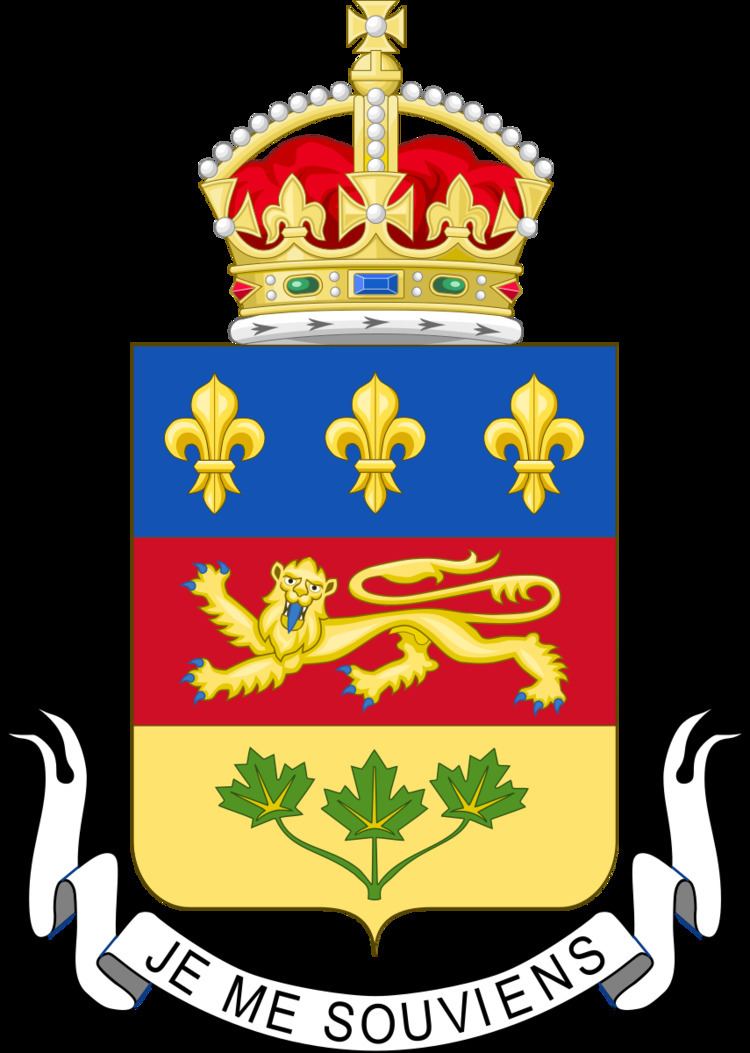This section of the Timeline of Quebec history concerns the events relating to the province of Quebec, Canada between the Westminster statute and the "Quiet Revolution."
(Text) CC BY-SA

